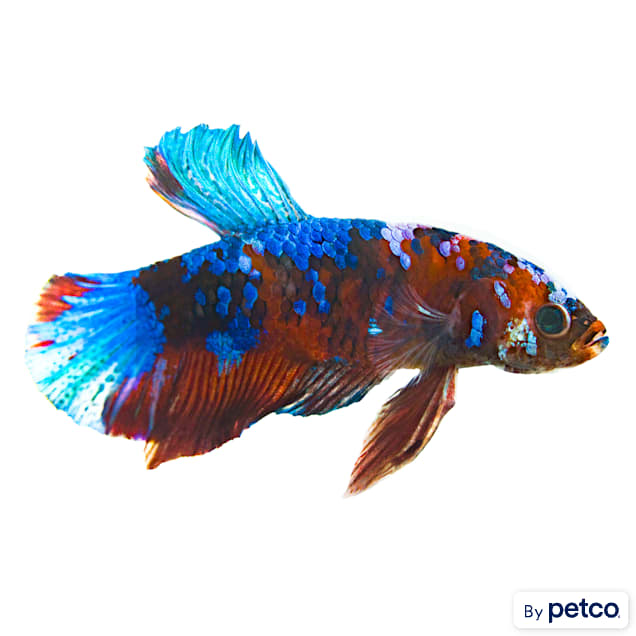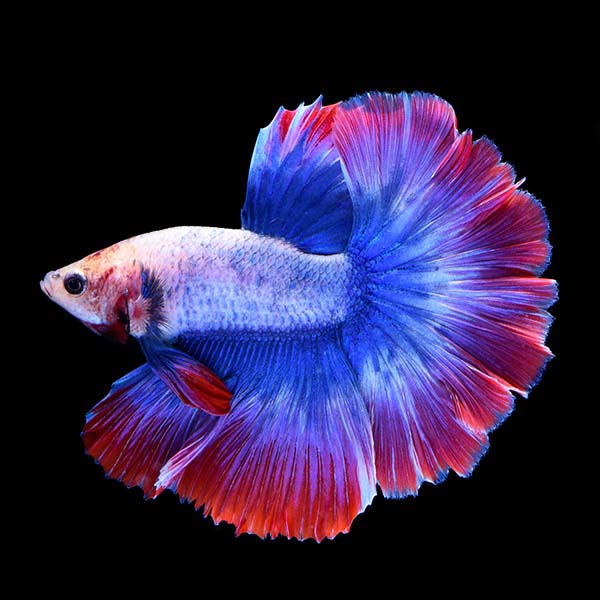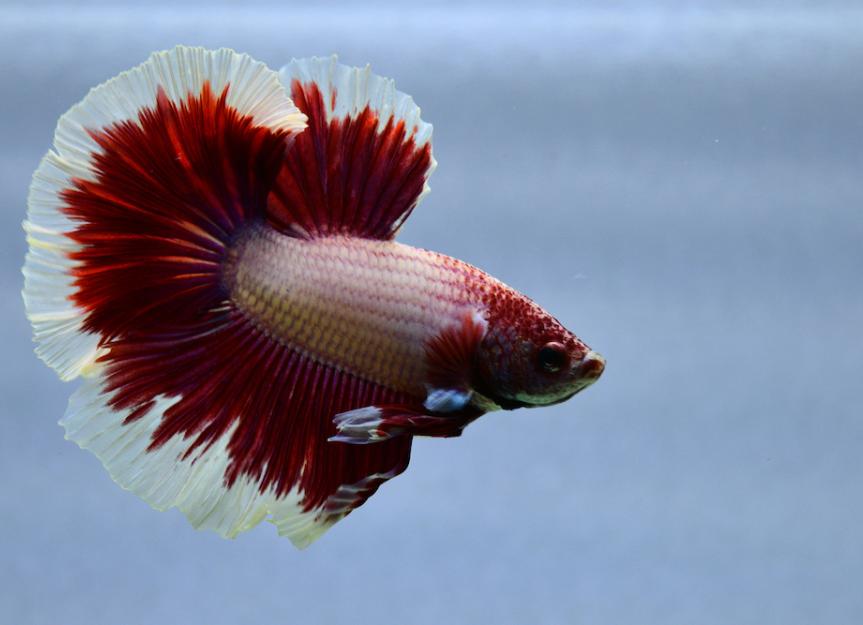Comprehending Betta Fish Habits: What Every Owner Needs To Know
Comprehending Betta Fish Habits: What Every Owner Needs To Know
Blog Article
Reproducing Betta Fish: a Comprehensive Step-By-Step Overview to Efficiently Raising Child Bettas From Eggs to The Adult Years
Reproducing Betta fish is a thorough venture that needs mindful planning and execution to guarantee the successful development of fry from eggs to grow fish. As the male Betta faithfully constructs a bubble nest and guards the precious eggs, the succeeding stages of treatment and shift demand interest to information and knowledge of ideal practices.

Choosing Breeding Pairs
When getting started on the journey of breeding Betta fish, selecting the ideal reproduction sets is crucial to achieving preferable qualities and a healthy family tree - betta fish. The initial step in this procedure is to determine the certain traits you wish to boost or protect, such as shade, fin kind, and physique. It is necessary to select genetically varied sets to prevent inbreeding, which can lead to health problems and undesirable attributes
Review prospective reproducing candidates carefully. A healthy male Betta should display dynamic shades, an active behavior, and well-formed fins, while the woman ought to additionally display vivid pigmentation and a rounded stomach, indicating readiness for spawning. Observing the character of both fish is crucial, as hostile or extremely shy people may not breed efficiently.
Keeping records of the parent fish's origins can help you track hereditary attributes and potential concerns. Ultimately, investing time in the selection process will substantially enhance the likelihood of producing strong, lively spawn that satisfy your reproduction objectives.

Preparing the Breeding Storage Tank
Developing an ideal breeding atmosphere is a crucial action after picking suitable sets for Betta fish. The reproduction tank need to be specifically created to provide convenience and boost the natural reproduction habits of the fish. Start with a storage tank size of a minimum of 10 gallons to ensure appropriate area for both the male and female Bettas.
Preserve a mild filtration system to maintain the water tidy while staying clear of solid currents that can stress the fish. In addition, an air rock can be contributed to provide oxygenation without interrupting the water surface excessive.
Temperature guideline is vital; go for a stable array of 78-82 ° F(25-28 ° C) utilizing a trustworthy heater. The pH level must be kept between 6.5 and 7.5, and normal water adjustments are needed to ensure high water quality.
Include floating plants or spawning sponges to produce hiding places for the lady, while also encouraging bubble nest structure by the male - betta fish. Make sure the tank is totally free from sharp decorations and any kind special info of prospective hazards, as the welfare of the fish must always be focused on throughout this vital phase of reproduction.
The Reproduction Process
Commonly, the reproducing process for Betta fish includes a series of distinct and visible actions that indicate preparedness for reproduction. The male Betta begins by developing a bubble nest at the water's surface, which acts as a website for the fed eggs. This nest is critical, as it gives a secure setting for the eggs until they hatch out.
When the nest is developed, the male will display courtship behaviors, such as flaring his fins and displaying vivid colors to bring in the woman. The woman, upon picking up the man's preparedness, will certainly respond by displaying upright red stripes along her body, signaling her receptiveness.
The fed eggs after that fall to the bubble nest, where the male thoroughly gathers and returns them to the nest. Following this, the male presumes obligation for protecting the nest and making sure the security of the eggs until they hatch out, usually within 24-36 hours.
Taking Care Of Betta Fry
Looking after Betta fry needs cautious interest to their setting and nourishment to ensure healthy growth and development. After hatching out, Betta fry are exceptionally tiny and at risk, demanding a stable and clean habitat. Maintaining a water temperature in between 78 ° F and 80 ° F is essential, as Betta fry flourish in cozy conditions. Furthermore, make certain that the water is devoid of damaging toxins; regular water changes of 10-20% visit the site are advised to preserve ideal water high quality.
Feeding Betta fry is just as essential. Feed them little quantities several times a day, being mindful not to overfeed, which can lead to water top quality problems.
Transitioning to Grownup Bettas
As Betta fry mature, transitioning them to grown-up Bettas is a critical phase that calls for cautious monitoring of their atmosphere and social communications. This process commonly begins when the fry reach around six weeks of age, at which factor they can be progressively presented to a more organized living environment.
To promote this shift, it is necessary to ensure that the water specifications-- such as temperature, pH, and ammonia levels-- are optimum and stable. Grown-up Betta fish grow in cozy water (around 78-80 ° F) with a pH of 6.5 to 7.5. Progressively adapt the fry to these conditions to reduce stress sites and anxiety.
Social communications are an additional key element; man Bettas are infamously territorial and aggressive. It is a good idea to separate men into private containers as they grow. Female Bettas can be housed with each other, but care needs to be required to keep an eye on for signs of hostility.
Furthermore, dietary adjustments ought to be made as the fry expand. Integrate high-quality pellets and live foods to support their growth and health. By taking care of these elements successfully, you can promote a successful transition to their adult years for your Betta fish.

Final Thought
Effective breeding of Betta fish requires careful attention to information throughout the entire procedure, from selecting genetically varied sets to offering ideal treatment for fry. Furthermore, a well balanced diet plan and steady adaptation to adult settings are important for the growth and advancement of Betta fish.
Report this page